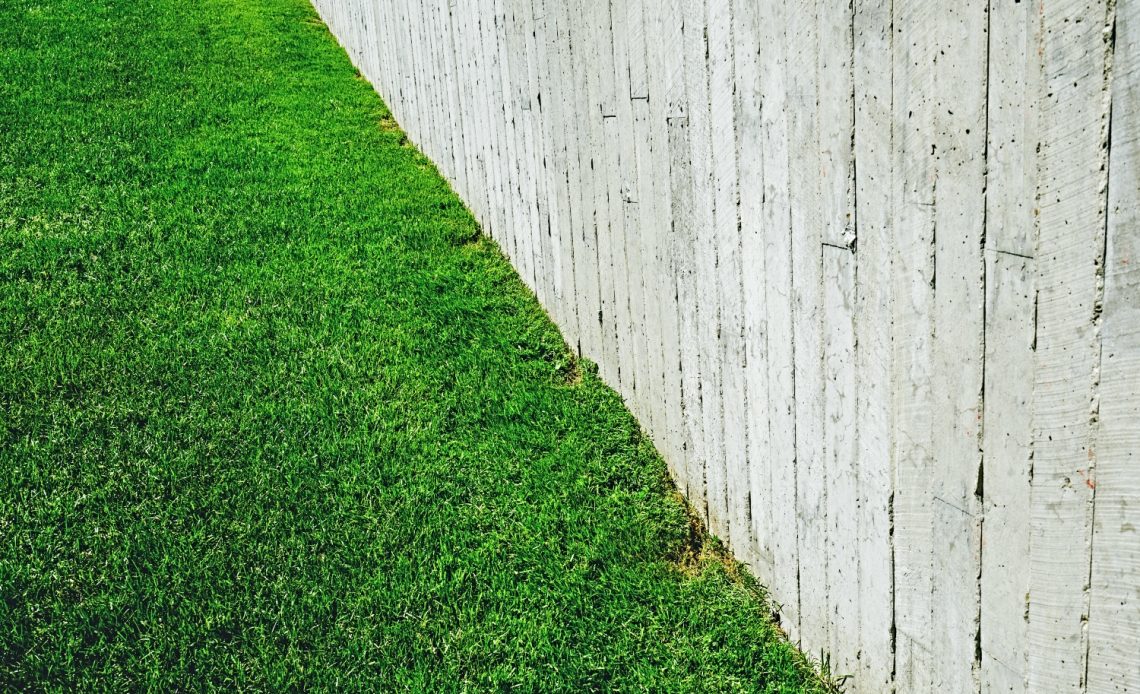

We’re here to help! Wild Yards is a completely free website that is 100% dedicated to helping you create a wildlife-friendly, sustainable yard. Read more
WildYards is reader-supported. When you buy a product through a link on our site, we may earn a comission. Every product is independently selected by our (obsessive) editors and our reviews are unbiased and objective. Read more about our mission or our privacy policy.
If you’ve noticed the plants in your lawn and garden have been suffering lately, it could be for several reasons. Maybe it’s due to drought or extreme heat. Or maybe they started looking poorly shortly after blooming.
If your plants are looking a little lackluster, your gardening friends probably advised you to find a high-potassium fertilizer to feed them. Potassium-rich fertilizers are a great choice for plants that need a quick perk-me-up, and these types of fertilizers have many benefits to offer.
But what makes high-potassium fertilizers so effective? How do these types of plant foods work, and when and how should you use them?
High-potassium fertilizers help plants survive periods of stress. Potassium plays a role in respiration, helping plants survive droughts and extreme temperatures. Potassium also supports healthy reproduction.

What does potassium do for plants?
Second only to nitrogen in terms of importance, potassium controls the flow of water and nutrients to all parts of the plant.
Potassium plays an integral role in osmotic regulation, by opening and closing the stomata, the tiny pores located on the undersides of leaves.
In this way, potassium prevents plants from suffering extreme hydration loss, making it easier for them to survive high temperatures and periods of reduced rainfall.
Potassium is also a critical player in the process of photosynthesis, allowing plants to create carbohydrates, proteins, and enzymes needed to support a variety of metabolic processes.
Adequate potassium levels are essential to plants to help support disease and pest resistance. Potassium also aids in the uptake of other critical nutrients, which is why this element is so critical for plants during the reproductive stage.
Potassium enables plants to produce healthy, vibrant fruits that taste better and last longer, making high-potassium fertilizer indispensable for vegetable gardens and fruit trees.
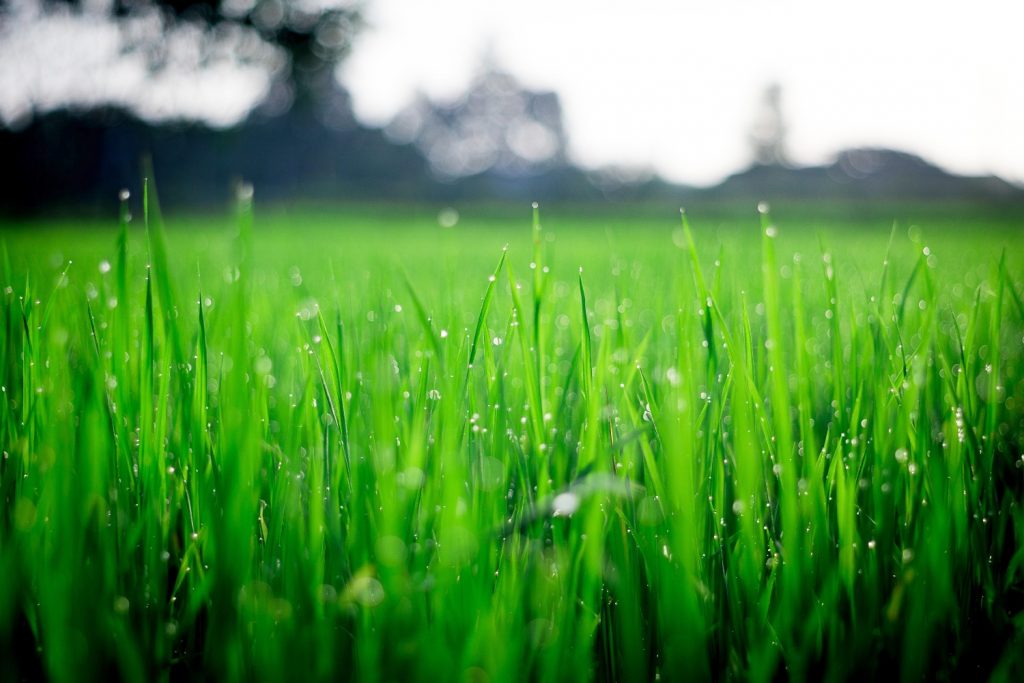
What are the symptoms of potassium deficiency in plants?
Now that you know a little more about why potassium is so helpful for plants, let’s take a look at some of the signs that indicate plants are running low on potassium.
Signs of potassium deficiency in plants include wilting and yellowing foliage.
Older leaves may look dry and scorched, with chlorosis at the base of the plant working from the outer edges of the leaves toward the center veins.
Plants may show signs of stunted growth with floppy, weak stems and curled leaves. Potassium-deficient plants have reduced disease resistance and suffer from poor fruit production.
In the earliest stages, potassium deficiency can look a lot like nitrogen deficiency.
Unfortunately, using a nitrogen-rich fertilizer to feed plants suffering from potassium deficiency could make matters much worse for the plants in your garden.
Because the symptoms of one nutritional deficiency can mimic the symptoms of another nutritional deficiency, we recommend testing your soil prior to choosing a fertilizer.
What are high-potassium fertilizers used for?
High-potassium fertilizers can be used to feed a variety of plants, including fruits, vegetables, flowering perennials, and shrubs. It is also frequently recommended for feeding lawns to help them survive hot, dry summers
Obviously, high-potassium fertilizers work wonders for plants growing in potassium-deficient soils. Potassium-rich fertilizers are often recommended for sandy soils, which tend to have naturally low levels of this element.
That said, high-potassium fertilizers have other uses as well.
These types of fertilizers are extremely helpful during transplanting, as they enable plants to grow strong root systems quickly. They also support a plant’s disease and pest resistance, as well as the plant’s ability to survive extreme temperatures.
Like phosphorus, potassium plays an important role in flower and fruit development.
Plants see a serious uptick in their potassium requirements prior to blooming. Using potassium-rich fertilizers helps them produce plenty of high-quality fruits and veggies.
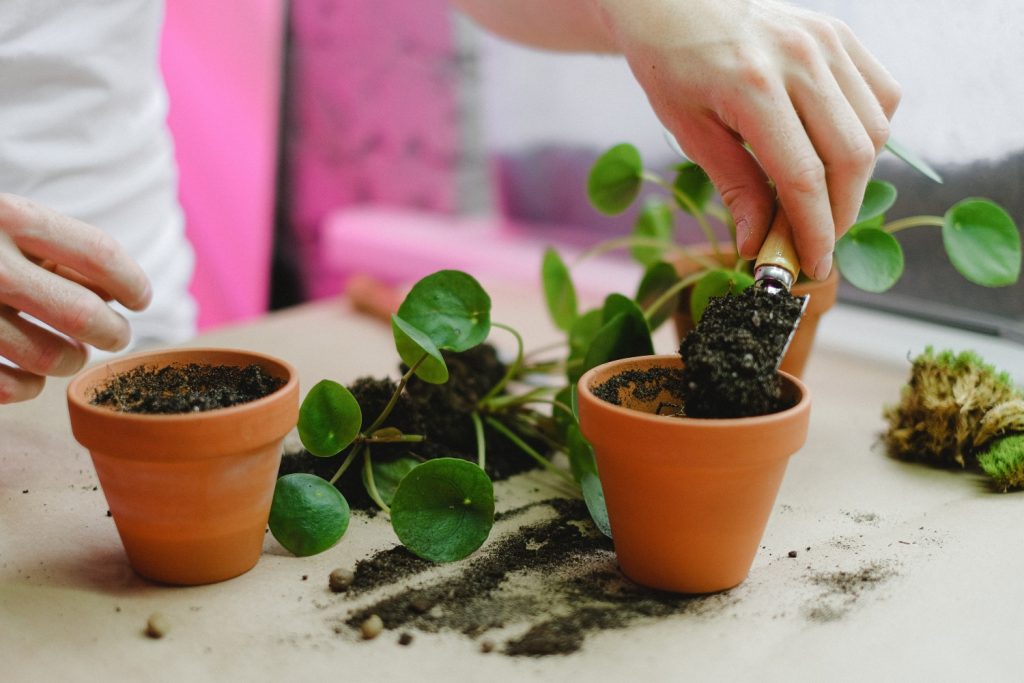
When should you use a high-potassium fertilizer?
Since potassium plays such a crucial role in the flowering and fruiting processes, it’s best to apply high-potassium fertilizers in spring, at the start of the growing season.
Giving plants an extra dose of potassium when they need it most allows them to produce the best quality flowers and fruits possible.
However, you can also apply high-potassium fertilizers in midsummer to help protect your plants from dry spells and extreme temperatures.
High-potassium fertilizers are also an appropriate choice for feeding plants in autumn, just before they go dormant over the winter. Potassium helps plants survive cold weather just as well as hot.
Potassium’s role in root development makes it a good choice of fertilizer for seedlings that have been newly transplanted.
High-potassium fertilizers enable newly transplanted plants to produce strong, sturdy roots to not only absorb water and nutrients but also anchor themselves in place so they don’t fall over, as certain cacti are prone to do.
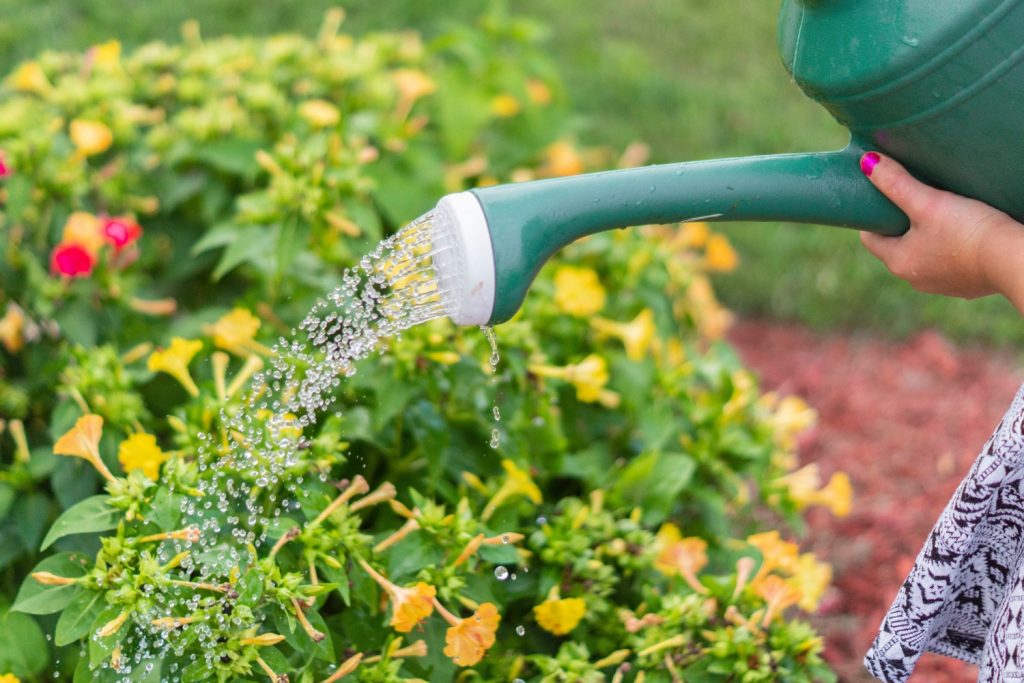
Which plants like potassium?
Some plants like high doses of potassium more than others. Knowing which of your plants crave potassium allows you to fertilize more efficiently.
Keep a close eye on the following plants throughout the growing season so you can catch the signs of potassium deficiency early.
Fruits and vegetables that love potassium
- Apples
- Apricots
- Asparagus
- Avocado
- Bananas
- Beans
- Broccoli
- Cabbage
- Cauliflower
- Cucumbers
- Grapes
- Grapefruits
- Lemons
- Oranges
- Peaches
- Peppers
- Plums
- Pumpkins
- Squash
- Watermelons
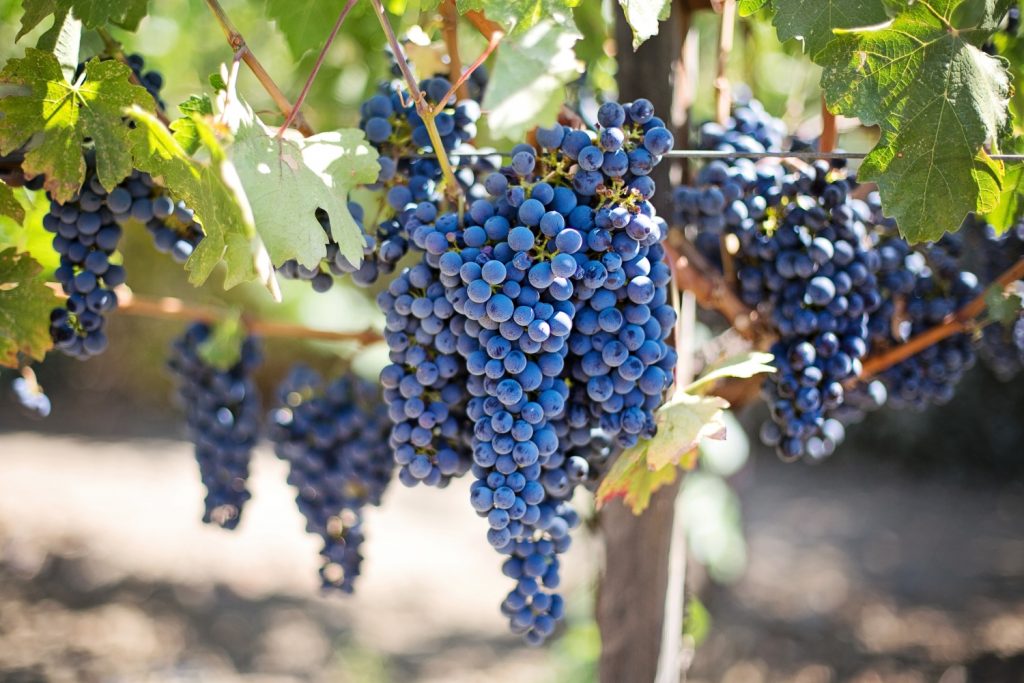
Flowers and shrubs that love potassium
- Begonias
- Bougainvillea
- Dahlias
- Geraniums
- Hibiscus
- Impatiens
- Lantana
- Marigolds
- Nasturtiums
- Petunias
- Roses
- Sunflowers
- Sweet pea
- Verbena
- Vinca
- Zinnias
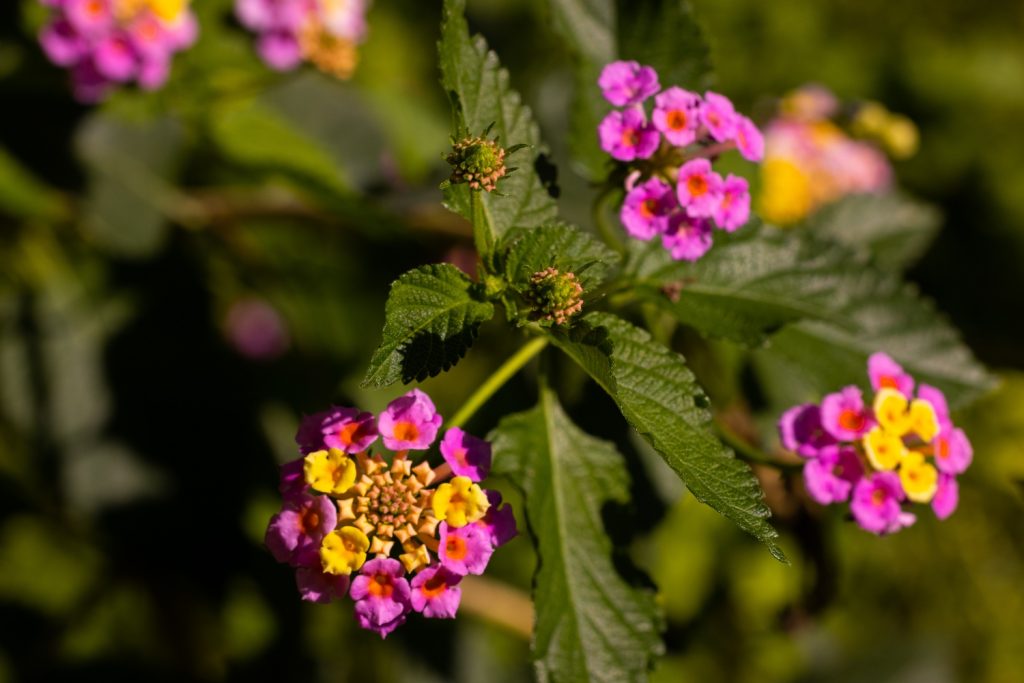
What is potassium made of?
Potassium is an alkali metal with the symbol K and atomic number 19.
Potassium is the seventh most abundant element found in the earth’s crust, making up 2.4% of it by weight. This element is critical not just for plant life, but for human and animal life as well.
Unfortunately, most of nature’s store of potassium is stored at deep levels underground, and in an insoluble form, which means most plants have trouble utilizing it.
While some fertilizers rely on inorganic potassium, like potassium chloride or potassium nitrate, others take their potassium from biodegradable sources.
Which fertilizer you choose depends on your garden’s needs and your own gardening principles.
Note: potassium is often referred to as “potash”, which is an umbrella term used to describe a variety of potassium-containing compounds. Potash can be derived from natural sources or obtained via chemical processes.
How to read a fertilizer label
Although plants rely on a variety of vitamins and minerals to grow well, there are three key elements that all plants need to survive: nitrogen (N), phosphorus (P), and potassium (K).
Because these three nutrients are so important to plant health, most fertilizers, particularly synthetic ones, are classified by their NPK ratio, with each number representing the percentage of nitrogen, phosphorus, and potassium the fertilizer contains.
Balanced NPK fertilizers, like 13-13-13, contain equal amounts of nitrogen, phosphorus, and potassium. These fertilizers are perfect for feeding a variety of plants, from fruits and vegetables to flowering shrubs and perennials.
But other fertilizers, like 10-5-20, contain different levels of nitrogen, phosphorus, and potassium, and are designed to help meet a plant’s varying nutritional needs during different periods of its growth cycle.
How much potassium your plants need may vary. Always test your soil before choosing a fertilizer to avoid overfertilizing and creating more problems for yourself and your plants.
11 High-potassium organic fertilizers for your garden
| Fertilizer type | Nitrogen content | Phosphorus content | Potassium content |
| Potash | 0% | 0% | 20% |
| Wood ash | 0% | 1% | 4-8% |
| Kelp meal | 1% | 0% | 4% |
| Greensand | 0% | 0% | 2-4% |
| Granite dust | 0% | 0% | 2-4% |
| Banana peel | 0.6% | 0.04% | 3.25% |
| Alfalfa | 3% | 0.5% | 3% |
| Bat guano | 8-10% | 3-5% | 1-3% |
| Fish emulsion | 4% | 2% | 2% |
| Compost | 1.3-3% | 0.5-1% | 1-2% |
| Manure | 0.5-6.5% | 0.2-6% | 0-3% |
Potash
As we mentioned before, “potash” is frequently used interchangeably with the word “potassium” on many fertilizer labels.
However, potash is a type of high-potassium fertilizer that includes water-soluble potassium from mined and/or manufactured sources.
Potash commonly contains potassium carbonate and potassium chloride (also called muriate of potash).
This potassium-rich fertilizer allows you to get more bang for your buck. You can cover a lot of ground with very little potash. It’s ideal for fertilizing large areas like lawns.
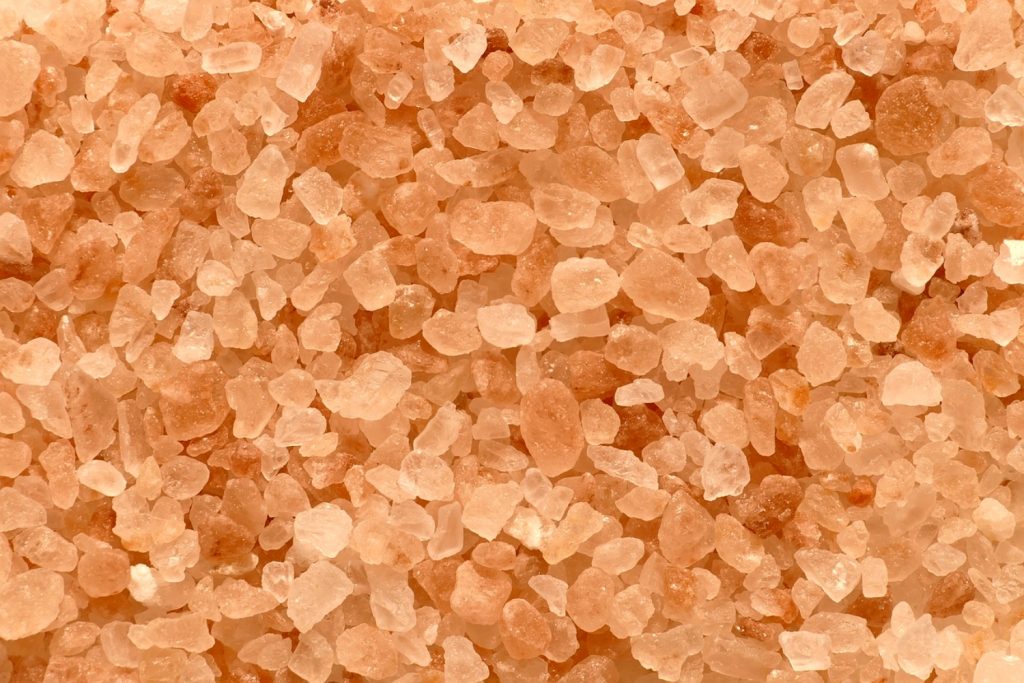
Wood ash
Wood ash from fireplaces, wood-burning stoves, and outdoor fire pits can help replenish lost potassium stores in the soil.
Wood ash is an excellent source of potassium as well as trace minerals like calcium and magnesium.
On top of this, wood ash has alkaline properties, working to bring acidic soils to a more neutral pH. Balancing the pH of the soil makes it easier for plants to obtain all of the elements they need to survive.
When mixed with the soil, wood ash improves aeration, adding structure to the substrate so it’s easier for your plants to take root.
Wood ash also helps the soil retain moisture, while still allowing excess water to drain quickly.
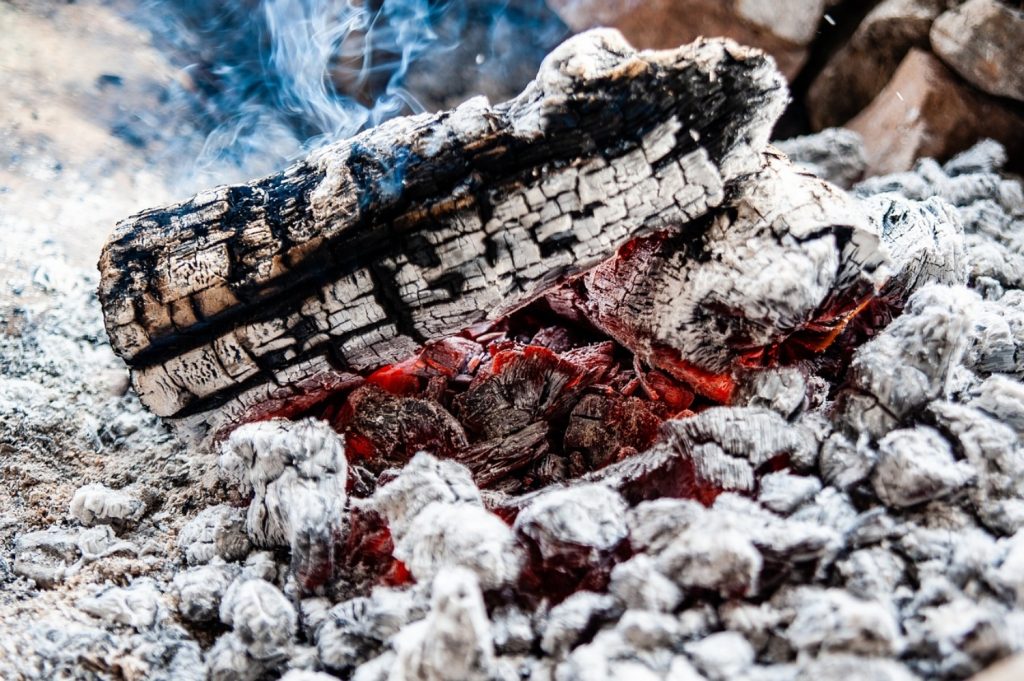
Kelp meal
How much potassium a particular brand of kelp meal contains depends on where the kelp was harvested and how it was processed.
Some brands of kelp meal contain upwards of 10% potassium. But others contain almost 0%.
If you can find a potassium-rich kelp meal fertilizer, snatch it up. These fertilizers are easy for plants to absorb, plus they contain a wide variety of trace minerals, including iron, zinc, copper, manganese, and iodine.
Like wood ash, kelp meal also improves soil structure. But an additional benefit that kelp meal has to offer is that it is a growth stimulant.
Kelp meal contains growth hormones that encourage root development and cellular division. It also enhances nutrient uptake by supporting beneficial soil microbes.
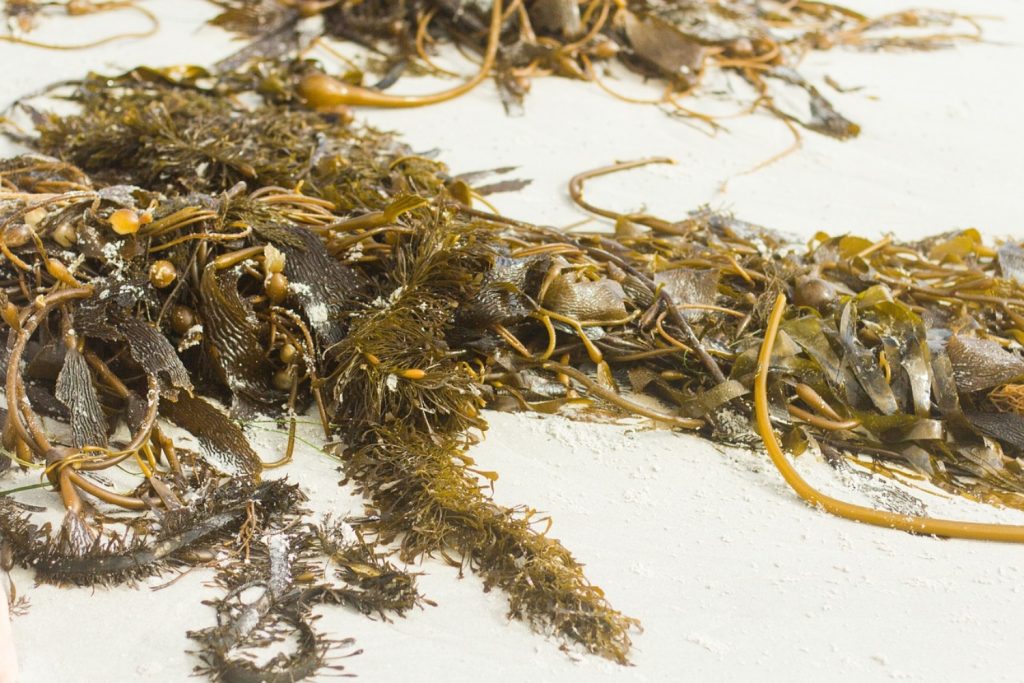
Greensand
Derived from a green marine sediment called glauconite, greensand is another good source of trace elements. In addition to potassium, greensand provides your plants with healthy doses of iron, magnesium, and calcium.
Greensand offers plants a slow, steady release of potassium. This fertilizer is ideal for amending raised beds at the start of the growing season. Simply mix it in before planting and you’re good to go.
However, greensand can also be worked into the soil with a weed fork to provide preexisting plants with some added nutrients.
Like kelp meal, greensand supports soil structure and increases microbial activity.
By feeding the good bacteria in the soil, greensand improves plant resilience so they stave off diseases and insect infestations more easily.
Granite dust
Made from crushed granite rock, granite dust is moderate to fast-acting. This is a good choice for plants that are struggling with visible symptoms of potassium deficiency.
Granite dust is rich in trace minerals that assist in a variety of plant functions, including nutrient uptake, enzyme activation, and photosynthesis.
Like wood ash, granite dust helps neutralize acidic soils.
Bringing the soil to a more neutral level makes it easier for plants to access all of the vitamins and minerals they need to grow well.
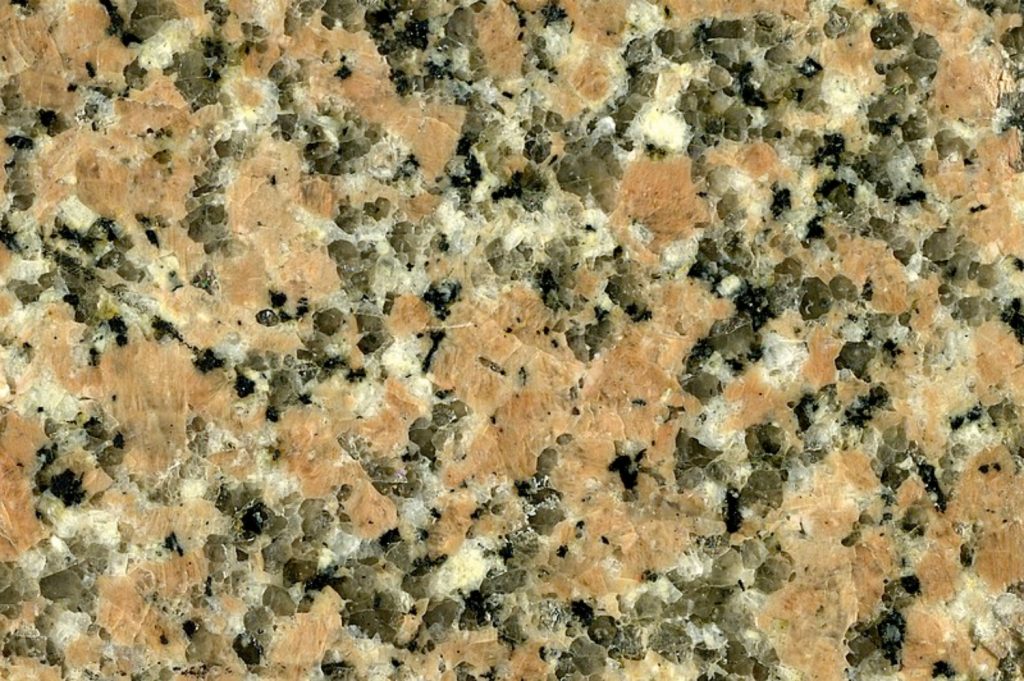
Banana peel
Talk about sustainability! Give those old banana peels a brand new purpose by freezing them, pulverizing them, and sprinkling them around your plants.
Bananas and their peels are great sources of potassium. They also contain decent doses of calcium, magnesium, manganese, and copper.
Using bananas to feed your plants helps keep diseases at bay, as the extra dose of potassium enables plants to fight off pathogens.
Banana peels also feed worms and other beneficial insects in the soil, which break the peels and other organic materials down into their base elements, making it easy for the plants in your garden to absorb them.
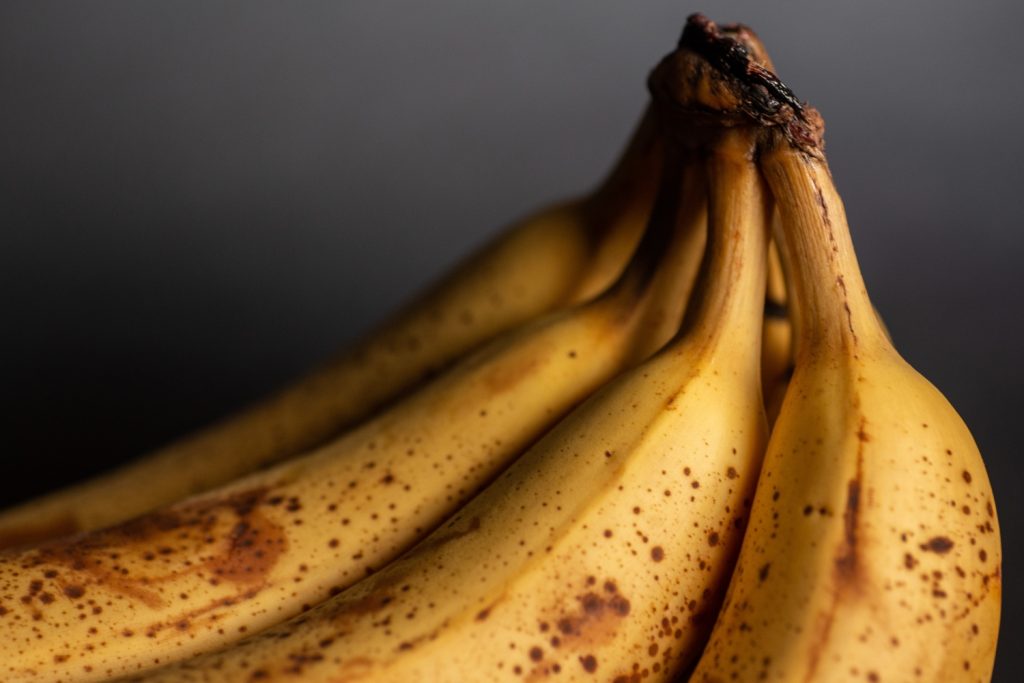
Alfalfa
Alfalfa pellets commonly sold as feed for livestock work incredibly well as a fertilizer, and not just because they deliver high doses of potassium.
Alfalfa, also sometimes called lucerne, is fibrous, meaning it breaks down at a slow to moderate pace, providing plants with a steady supply of nutrients throughout the growing season.
Additionally, because alfalfa pellets are fibrous, they add structure to the soil, preventing it from becoming compacted and allowing oxygen and water in more easily.
You can work alfalfa pellets into the soil before or after planting. But you can also use it as a mulch. Alfalfa pellets will feed your plants and prevent weeds from popping up at the same time.
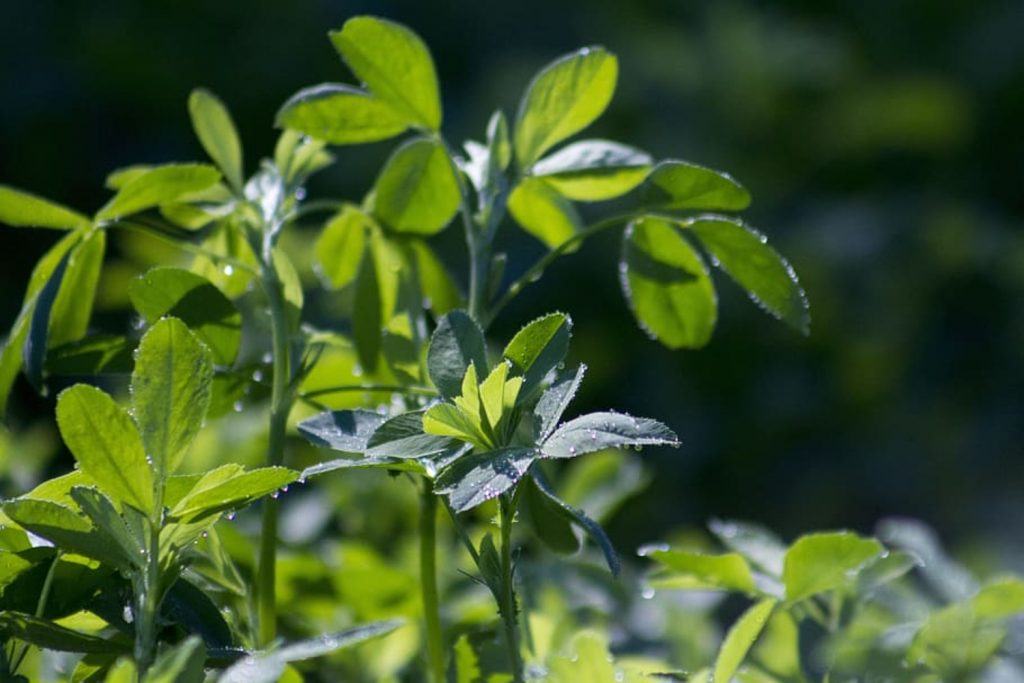
Bat guano
Bats are incredibly helpful to the environment. They pollinate plants, prey on pesky insects like mosquitoes, and can even improve air quality.
And as if these amazing bat benefits weren’t enough to convince you to attract more bats to your backyard, here’s another advantage of having bats around: their droppings make the perfect organic fertilizer.
Bat guano provides your plants with lasting nutrition as it breaks down, helping your plants bloom and produce fruits and healthy seeds.
Bat guano also enables your plants to survive stressful periods of extreme temperatures and low rainfall thanks to the high doses of potassium it provides.
If you don’t have ready access to bat guano, many nurseries and garden centers carry it.
Just be sure to choose a product that does not contain additives. Double-check the label’s NPK ratio to ensure it contains an adequate supply of phosphorus and hasn’t been amended with extra nitrogen or phosphorus.
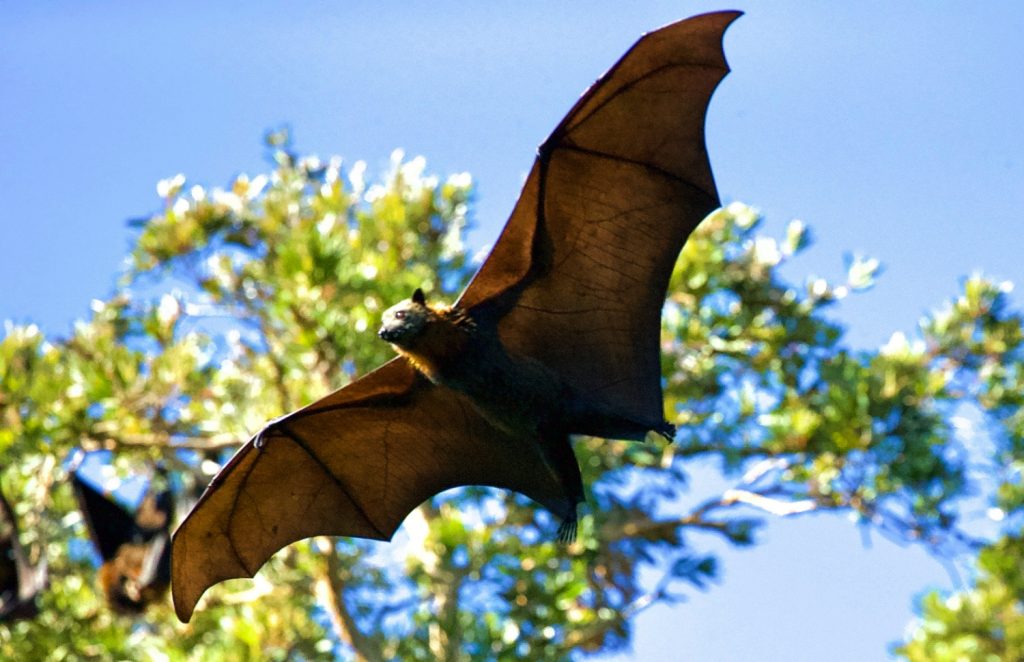
Fish emulsion
Take a deep breath and hold it because when you use fish emulsion to feed your plants, it is a smelly, smelly process. But, don’t worry. The stink means it’s working.
Fish emulsion is an emulsion made from the leftover byproducts of fish processing plants. It’s as nasty as it sounds.
But, because it’s a liquid, fish emulsion works quickly. This is a great organic fertilizer for plants that are showing signs of potassium deficiency and need relief fast.
Fish emulsion is perfect for plants that have already been planted. It’s easy to apply since you don’t have to work it into the soil. This makes it ideal for spot-treating the plants in your landscaping.
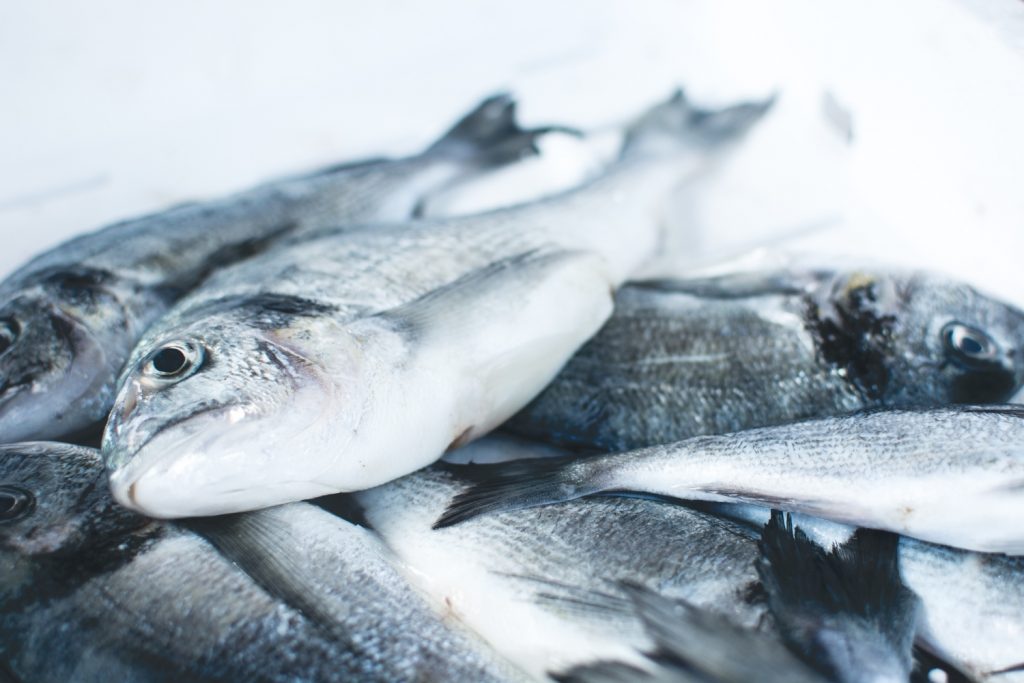
Compost
Compost is great because it will provide your plants with the potassium they need to produce flowers and fruits, but it also contains healthy levels of other nutrients needed for plant health.
Compost is a rich source of nitrogen, phosphorus, and trace minerals, which means it’s a good all-purpose plant food that can benefit most plants.
Loaded with decaying organic materials, compost enriches the soil, adding structure to it and promoting microbial activity.
Making the soil more suitable for these beneficial bacteria doesn’t just improve your plant’s health, it supports the health of your entire ecosystem by improving disease resistance and preventing bacteria and fungi from setting in.
To make high-potassium compost, add things like banana peels, wood ash, manure, and potato skins to feed the potassium-loving plants in your garden.
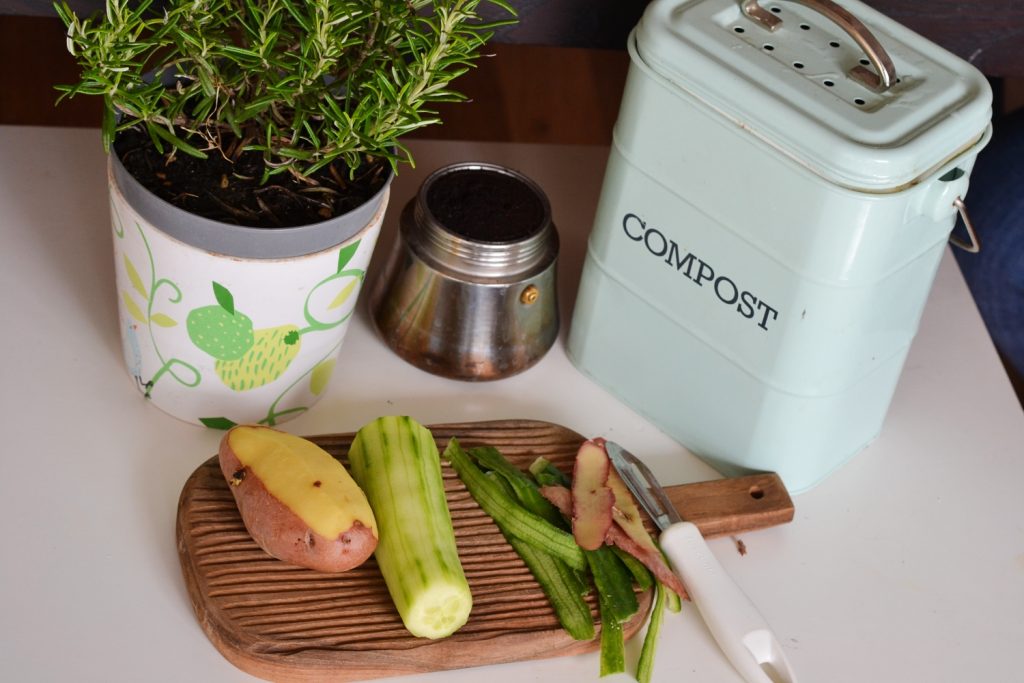
Manure
Manure, whether it’s from chickens, pigs, cattle, or horses, is a great high-potassium fertilizer for two reasons. First, it’s widely available, so it’s easy to find. And second, it’s cheap!
You can spread manure around plants that are already growing to use as mulch. You can use your weed fork to work it into the soil a bit if you need to. Or, you can mix it into raised beds and pots before planting. It’s so versatile!
Like compost, manure adds structure to the soil, making it loose and loamy.
Contrary to popular belief, manure is actually somewhat alkaline in nature. So it can bring your native acidic soil to a neutral pH that your plants find more agreeable.
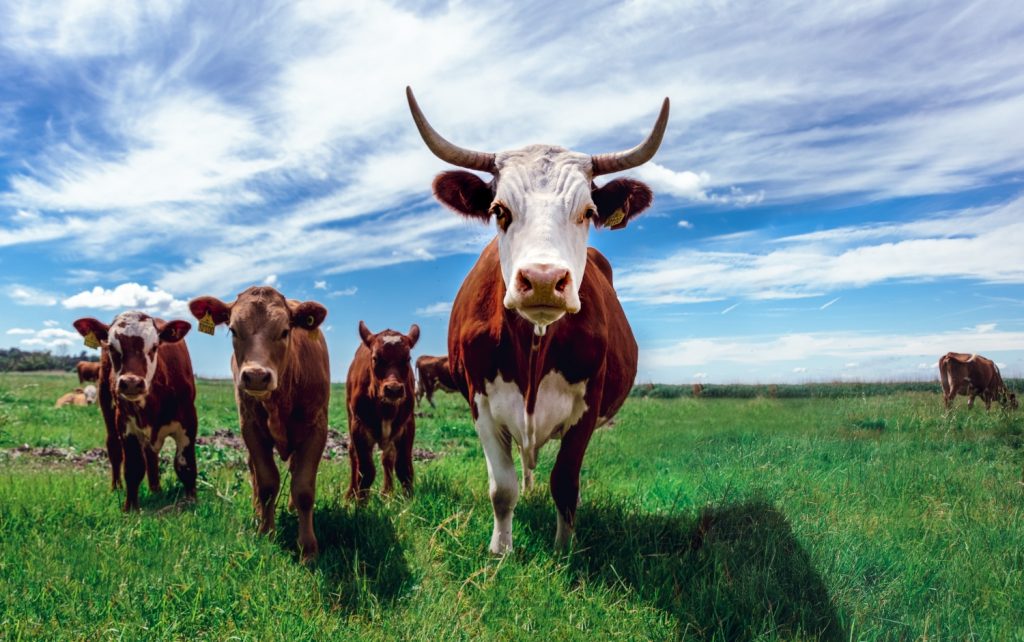
Is it possible to add too much potassium to the soil?
Potassium is essential for plants to stay healthy. But you can end up adding too much potassium to the soil if you’re not careful.
High potassium levels can contribute to relative nutritional deficiencies, resulting in stunted growth, poor foliage, flower, and fruit production, and, in some cases, the death of the plant.
In excess, potassium can lead to water stress. It can also disrupt nutrient transportation, resulting in impaired growth and reduced vigor.
When should you choose a high nitrogen or high phosphorus fertilizer instead?
When you need a high-potassium fertilizer, no other type of fertilizer will suffice.
But a high-potassium fertilizer isn’t always the best choice. It all depends on the plant’s nutritional needs.
If you’ve tested your soil and found that it has adequate levels of potassium, but your plants are showing signs of nutritional deficiencies, then you may need to choose a nitrogen-rich or phosphorus-rich fertilizer instead.
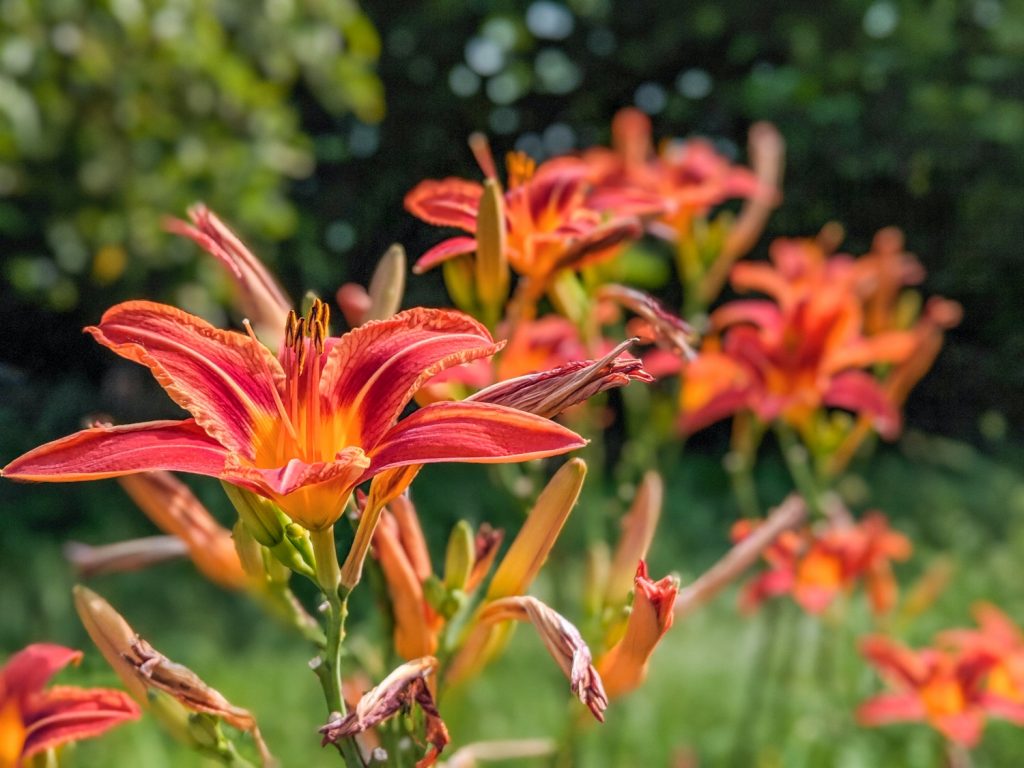
When to use high-nitrogen fertilizers
Plants that are showing signs of stunted growth have pale green to yellow foliage, and just generally look anemic are most likely suffering from nitrogen deficiency.
Nitrogen plays a crucial role in the process of photosynthesis.
Without nitrogen, plants fail to become established and suffer from delayed maturity. Nitrogen-deficient plants are often leggy and spindly, with weak stems that break easily. They may also have poor root development.
If a soil test confirms that your plants are dealing with a nitrogen deficiency, not a potassium deficiency, then use high-nitrogen fertilizers, like blood meal, to help them improve.
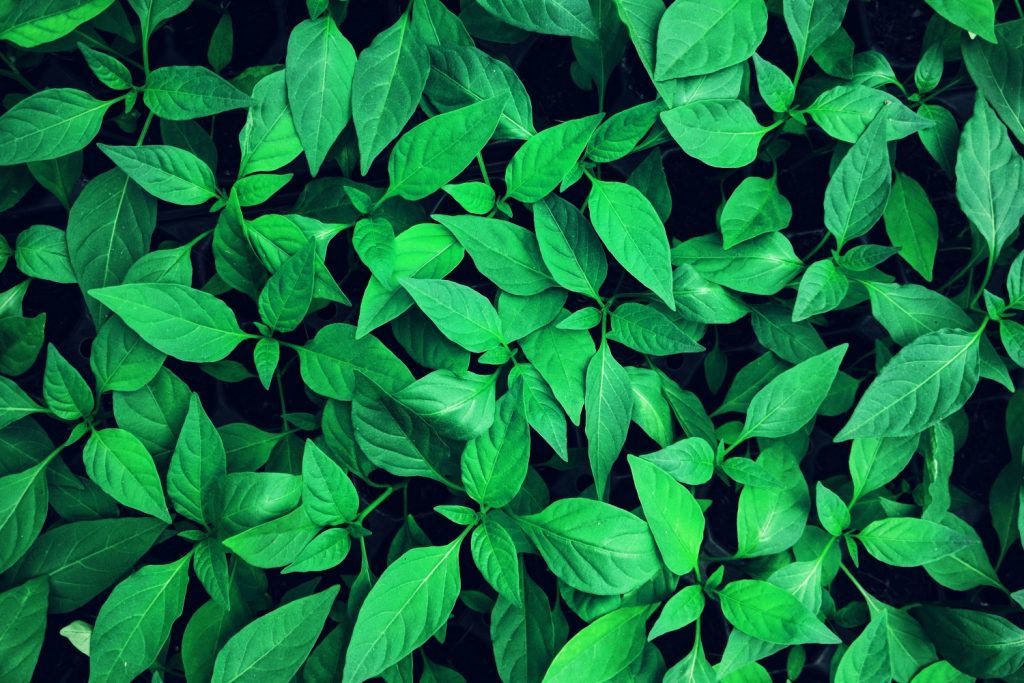
When to use high-phosphorus fertilizers
Phosphorus helps plants replicate their DNA and RNA so they can not only continue to grow, but also flower, fruit, and reproduce.
When plants are struggling with phosphorus deficiency, the signs are usually most apparent during the vegetative stage of development.
Phosphorus-deficient plants develop abnormally dark dull leaves with a blue-green or reddish-purple cast.
Other symptoms of phosphorus deficiency include poor energy production, reduced root development, delayed flower and/or fruit production, and poor crop yield.
Use a soil test to determine whether or not your plants are dealing with phosphorus deficiency. If they are, then choose rock phosphate, bone meal, or another high-phosphorus fertilizer to restore their health.
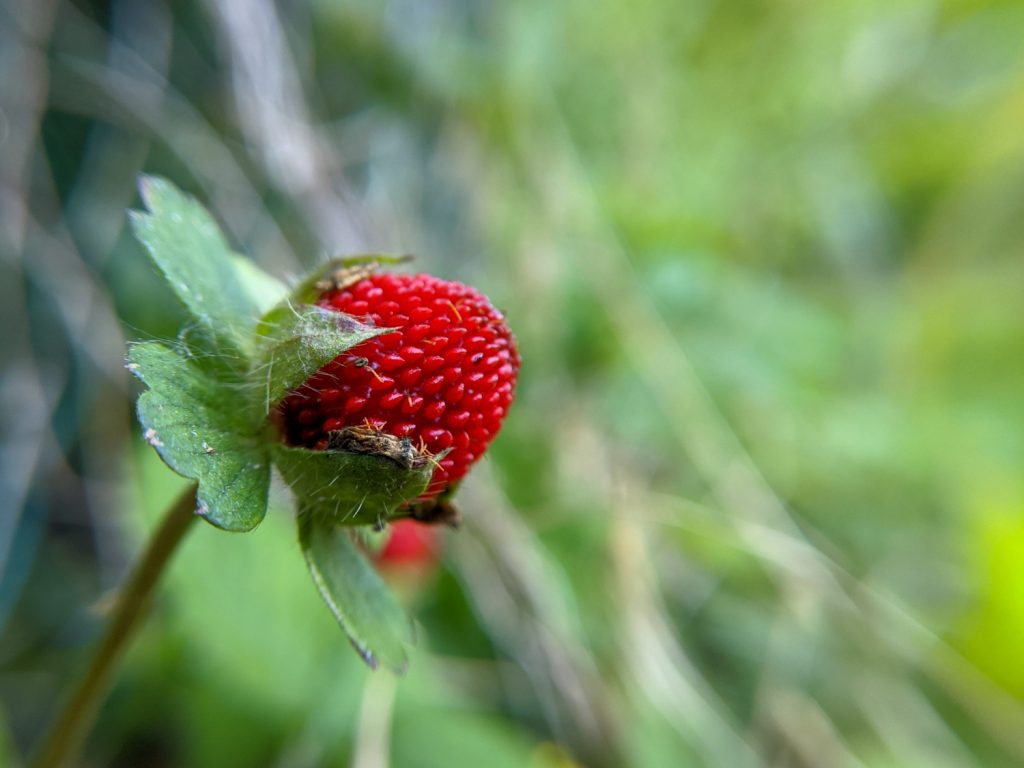
Tips for using high-potassium fertilizers properly
Using a potassium-rich fertilizer can be tricky.
Although these types of fertilizers can help plants cope with stressors, they shouldn’t be applied when plants are already stressed, as the plants may not be able to utilize them properly.
It’s best to apply high-potassium fertilizers early in the growing season.
If you suspect your growing zone typically experiences drought in late summer, apply a high-potassium fertilizer in midsummer to help your plants survive it.
Once the fertilizer has been applied, water the plants well so they can soak up the nutrients.
Applying high-potassium fertilizers properly enables plants to make the most of them so they can continue producing gorgeous foliage and making flowers and fruits for you to enjoy.
